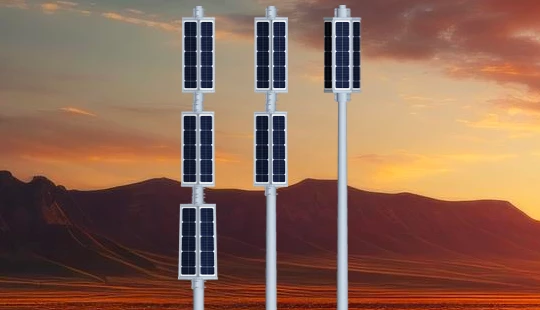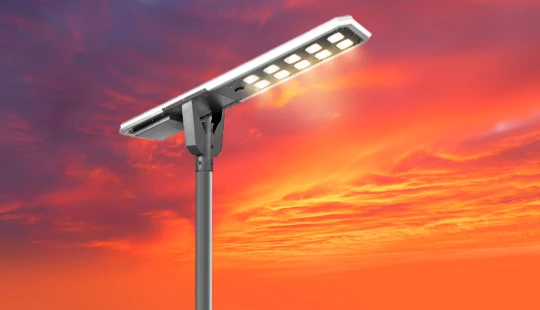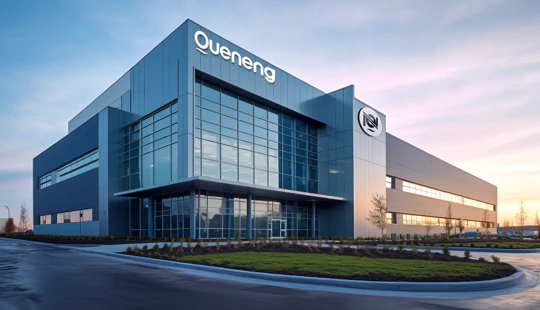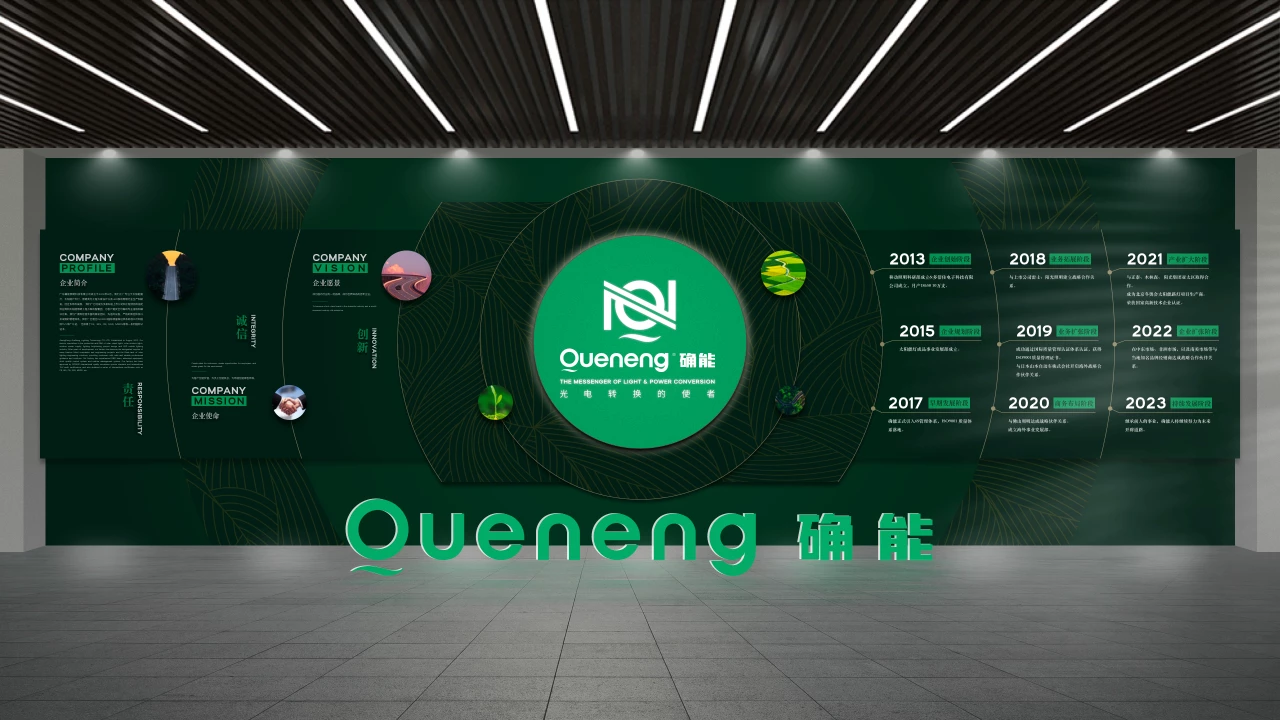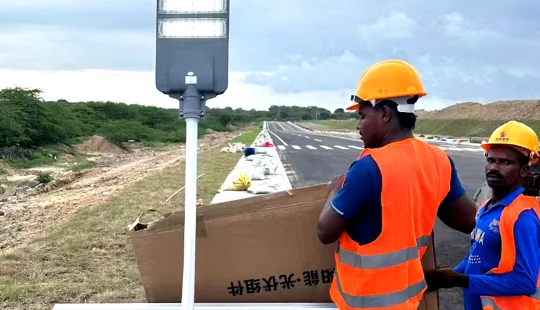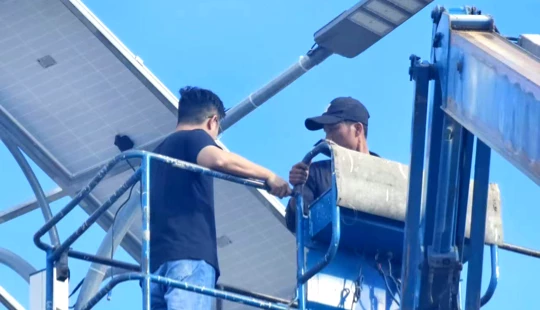best solar lights for rural electrification | Quenenglighting Expert Guide
For professionals involved in rural electrification projects, selecting the right solar lighting solutions is paramount. It’s not just about providing light; it’s about ensuring reliability, sustainability, and cost-effectiveness in challenging off-grid environments. Based on recent industry trends and user feedback, here are the top questions and considerations for repeat buyers in the solar lighting sector.
Selecting Solar Lights for Rural Electrification: Key Considerations for Professional Buyers
When procuring solar lighting for remote and rural areas, several core factors dictate the success and longevity of your investment. Beyond the initial lumen output, professional buyers must evaluate the system's autonomy, build quality, and integration capabilities. Modern solar street lights typically feature high-efficiency monocrystalline solar panels (often exceeding 20% efficiency), robust LiFePO4 batteries, and advanced MPPT controllers. Look for designs that offer sufficient energy storage to last through multiple cloudy days (typically 2-3 days of autonomy, meaning 25-30Ah battery capacity for a 60W LED fixture) and are easy to install, often favoring all-in-one integrated designs to simplify logistics and reduce labor costs in remote areas. A common configuration for rural pathways might involve a 30W-50W solar panel paired with a 50-100Wh LiFePO4 battery pack powering a 2000-4000 lumen LED fixture.
Optimizing Performance: The Crucial Role of Battery Life and Charging Efficiency
The battery is the heart of any solar lighting system, and for rural electrification, its lifespan and performance are non-negotiable. Lithium Iron Phosphate (LiFePO4) batteries are the industry standard for their superior cycle life (typically 2000-4000 charge/discharge cycles), thermal stability, and safety, offering a service life of 5-10 years, significantly outperforming traditional lead-acid batteries. To maximize charging efficiency, ensure the system incorporates an MPPT (Maximum Power Point Tracking) charge controller. Unlike PWM (Pulse Width Modulation) controllers, MPPT can extract up to 30% more power from the solar panel, especially under varying weather conditions, by constantly optimizing the voltage and current. This is critical for ensuring batteries are fully charged even with limited sunlight, enhancing system reliability during extended periods of low light.
Built to Last: Understanding Durability and Environmental Resilience in Off-Grid Lighting
Rural environments can be harsh, demanding lighting solutions that withstand extreme temperatures, dust, humidity, and even vandalism. The Ingress Protection (IP) rating is a critical indicator of durability. For outdoor solar lights, an IP65 rating is the minimum acceptable for dust and water resistance, but IP66 or IP67 ratings offer superior protection against powerful water jets and even temporary immersion, making them ideal for areas prone to heavy rainfall or high dust levels. Materials play a significant role: die-cast aluminum alloy housing provides excellent heat dissipation and corrosion resistance, while tempered glass covers for solar panels offer impact resistance. Furthermore, check the operational temperature range; reputable products typically perform reliably from -20°C to +60°C. High wind resistance ratings are also important for pole-mounted fixtures.
Beyond Illumination: Leveraging Smart Features and IoT for Enhanced Rural Lighting Projects
Modern solar lighting solutions increasingly incorporate smart features and IoT (Internet of Things) connectivity, transforming simple illumination into intelligent infrastructure. These capabilities allow for remote monitoring of battery status, light output, and fault detection, significantly reducing the need for costly manual inspections and on-site maintenance in remote areas. For large-scale deployments, this can translate to operational cost savings of 40-50% over the system's lifespan. Features like adaptive lighting (dimming when no motion is detected), scheduled ON/OFF times, and even self-cleaning mechanisms for solar panels (though less common) optimize energy consumption and extend component life. The ability to diagnose issues remotely ensures quicker repairs and consistent performance for the community.
Long-Term Value: Assessing ROI and Maintenance Strategies for Sustainable Rural Solar Solutions
While the initial capital outlay for high-quality solar lighting might seem higher than conventional grid-tied solutions, the long-term Return on Investment (ROI) for rural electrification projects is compelling. Eliminating trenching, cabling, and ongoing electricity bills results in significantly lower Total Cost of Ownership (TCO). A typical payback period for such systems can range from 3 to 7 years, after which the light provides virtually free illumination. Maintenance is minimal: primarily involves periodic cleaning of solar panels (annually or bi-annually, depending on dust levels) and eventual battery replacement after its 5-10 year lifespan. Proactive monitoring through smart systems further reduces reactive maintenance costs, making solar lighting a highly sustainable and economically viable option for long-term rural development.
Quenenglighting: Your Partner in Sustainable Rural Electrification
Quenenglighting stands at the forefront of solar lighting innovation, perfectly suited for the rigorous demands of rural electrification. Our products integrate high-efficiency monocrystalline solar panels (typically >21% conversion rate), long-life LiFePO4 batteries (guaranteed for 5-8 years of reliable performance), and advanced MPPT controllers. We prioritize robust durability with IP66/IP67 ratings across our range, utilizing aerospace-grade aluminum and tempered glass for unparalleled resilience against harsh weather. Furthermore, our intelligent control systems offer optional IoT connectivity for remote management, predictive maintenance, and optimized energy usage, ensuring maximum uptime and minimal operational costs for your projects. Choose Quenenglighting for reliable, efficient, and sustainable lighting solutions that empower off-grid communities.

Have more questions about our products or services?
The latest hot news you might like

Discover how solar panels power street lights, exploring the technology behind solar energy conversion, storage systems, and how solar-powered street lights are revolutionizing urban and rural lighting solutions.

Learn how AC Solar Hybrid Street Lights work, their advantages, disadvantages, system behavior in low-sunlight conditions, and why hybrid technology is ideal for regions with unstable sunlight.

Municipalities around the world are increasingly adopting solar-powered streetlights as part of their urban development strategies. Rising energy costs, the need for sustainable infrastructure, and government green initiatives are driving cities to switch from traditional street lighting to advanced LED solar streetlights.
Queneng Lighting provides municipalities with cost-effective, energy-efficient, and durable solar lighting solutions, ensuring safe and sustainable public spaces.
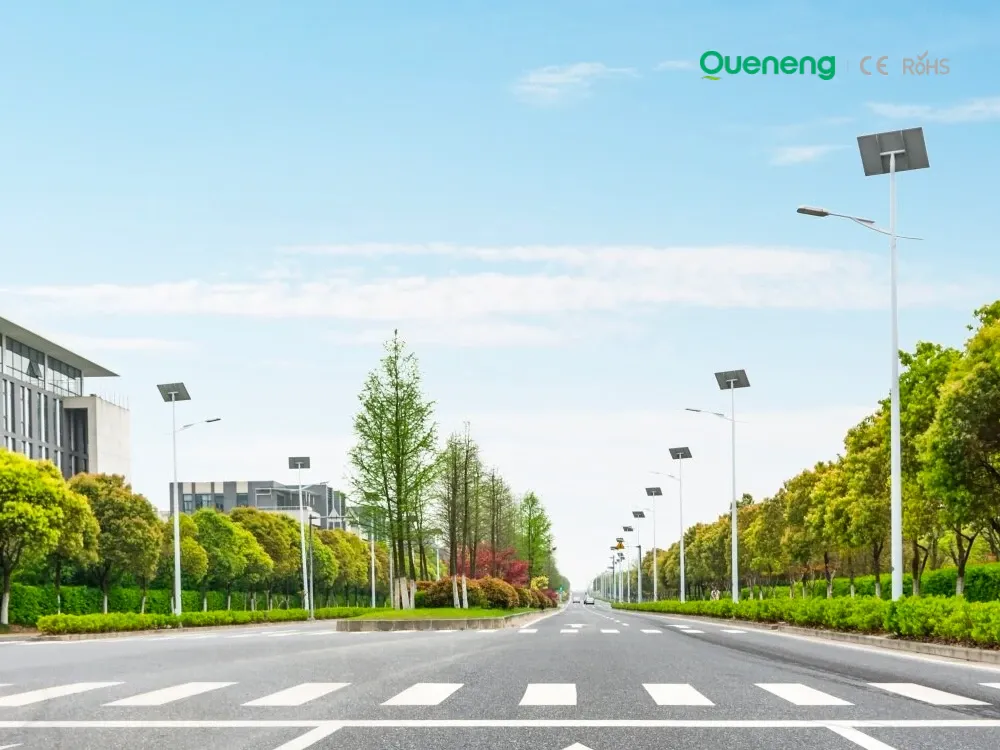
In recent years, the purchase of solar streetlights for municipalities has become a growing trend across the globe. Local governments are under pressure to reduce public expenditure, promote green energy, and create safer communities. Solar streetlights provide a reliable, cost-effective, and sustainable solution that meets these needs. Queneng Lighting, as a leading solar street lighting manufacturer, has supported multiple municipal projects worldwide with customized and energy-efficient solutions.
FAQ
OEM&ODM
Do you offer warranty and technical support?
Yes. All our products come with a 3–5 year warranty. We provide full after-sales guidance, documentation, and video support.
Battery Performance and Testing
What are the battery safety test items?
2) Overcharge and over-discharge test
3) Withstand voltage test
4) Impact test
5) Vibration test
6) Heating test
7) Fire test
9) Temperature changing cycle test
10) Trickle charging test
11) Free drop test
12) Low pressure test
13) Forced discharge test
15) Electric hot plate test
17) Thermal shock test
19) Needle prick test
20) Extrusion test
21) Heavy object impact test
Tourist Attractions and Resorts
Are solar lighting systems easy to install in remote areas without grid access?
Yes, solar lighting systems are ideal for remote locations where grid access is unavailable or difficult. They are self-sustaining and do not require external power sources, making them a perfect solution for isolated resorts or tourist attractions.
Solar Street Light Luan
How are Luan solar street lights installed?
Luan solar street lights are designed for easy installation. They come with all necessary mounting hardware and can be set up without the need for electrical connections. Most installations take just a few hours and can be done with basic tools, making them a great solution for DIY projects.
Battery and Analysis
What are the advantages of lithium polymer batteries? What are the advantages?
2) Can be made into a thin battery: with a capacity of 3.6V and 400mAh, its thickness can be as thin as 0.5mm;
3) Batteries can be designed in various shapes;
4) The battery can be bent and deformed: the polymer battery can be bent up to about 900 degrees;
5) Can be made into a single high-voltage battery: a battery with liquid electrolyte can only produce a high-voltage polymer battery by connecting several batteries in series;
6) Since it is liquid-free, it can be combined into multiple layers within a single chip to achieve high voltage;
7) The capacity will be twice that of a lithium-ion battery of the same size.
Solar Street Light Luqing
How does the solar street light work?
The solar street light operates by converting sunlight into electricity through its built-in solar panels. The energy is stored in an integrated battery, which powers the LED light at night, providing reliable illumination without relying on external electricity sources.


Queneng's Luzhou Solar Street Light provides sustainable, energy-efficient outdoor LED lighting. Powered by solar energy, it's a cost-effective and eco-friendly solution for illuminating streets and pathways. A reliable and durable LED solar street light.

Illuminate your outdoor spaces with the Solar Street Light, a cutting-edge solution combining advanced solar technology and energy-saving LED lighting.

Queneng’s Solar Street Lights are designed to provide reliable, energy-efficient lighting for streets, parks, and other outdoor spaces.

Experience reliable outdoor illumination with our smart solar street light, a perfect combination of advanced technology and eco-conscious design.

Queneng's Luqiu Innovative Solar Street Light offers energy-saving, durable outdoor lighting. This solar power street light provides a reliable and eco-friendly solution for illuminating your streets and pathways.
If you would like more information about Queneng solar lighting solutions, please send us a message by filling out the form below. Our professional team will get back to you within 24 hours!
Rest assured that your privacy is important to us, and all information provided will be handled with the utmost confidentiality.
Schedule a Meeting

Book a date and time that is convenient for you and conduct the session in advance.
Have more questions about our products or services?

